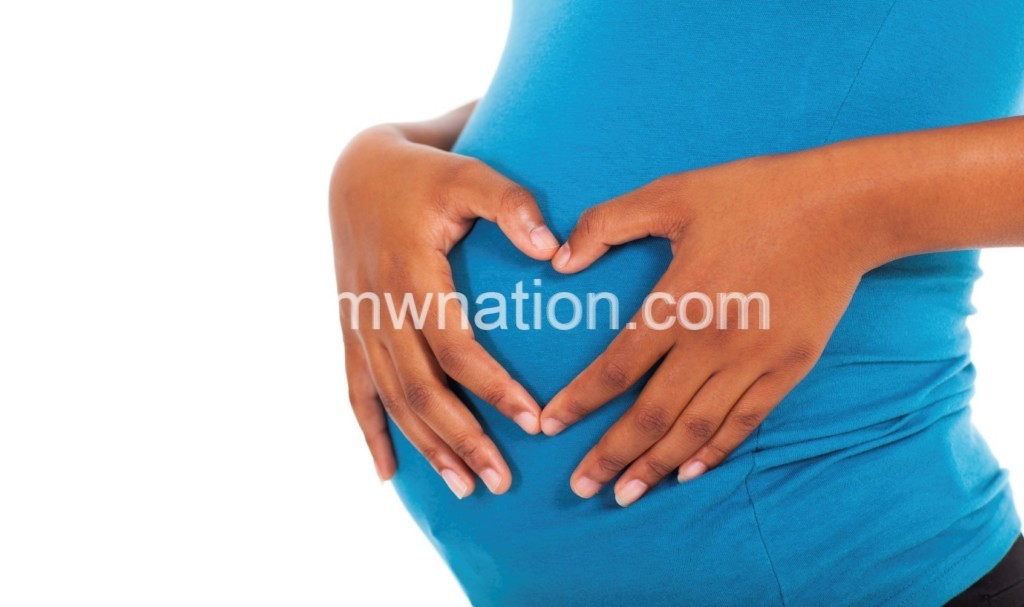Post child birth HIV infections among new scares
“I first heard of my HIV status in December 2015. I was 28 and five months pregnant, living in Blantyre. I had taken the test as a requirement for every expectant woman.
“Being called to the doctor’s office for the result was frightening, but I was negative. I had to be negative. Yes, I was pregnant with my boyfriend’s baby, but I had been careful. I believed there was no way my boyfriend would be positive as we had been faithful to each other.

“The doctor told me to listen carefully. I told myself to be confident. He counseled me, saying being HIV positive was not the end of life and with the right choices, people lived longer. My world crumbled as he spoke the words, ‘you are HIV positive’. I heard his voice a million times over and over in the distance,” said Myles Manda (not her real name).
Thereafter, Manda could not stop crying and was inconsolable. She refused to eat and lost weight.
Being positive scared her, in particular for her unborn baby. Death seemed like the only way out.
Manda is now 31 and her little boy is three years old. She followed all instructions to live right and ensure her baby was born HIV free.
However, not all babies are lucky to come out unscathed.
According to a 2016 UNAIDS report, about 4 300 infants and children got infected from mother to child transmission.
Ministry of Health’s director of HIV and Aids department Rosemary Nyirenda said transmission of mother to child in expectancy and child birth has tremendously been reduced.
“We are seeing transmission through breastfeeding for women who drop out of Anti-Retroviral Therapy (ART),” she said.
Anti-retroviral therapy is treatment given to all expectant mothers living with HIV to protect the unborn child, partners and provide benefits to a woman’s health.
This is administered to all expectant mothers with HIV immediately irrespective of their CD4 count, which simply represents how well one’s immune system is functioning.
She added that women who were negative during expectancy and after delivery, but get infected during breast feeding are another reason mother to Child HIV transmission continues.
Also, Nyirenda observes that early infant diagnosis has improved from about 25 percent in 2016 to 71 percent in June 2018.
On mothers who drop out of care she said they are finalizing national community PMTCT guidelines to improve retention of mother infant pairs.
She said in working towards eliminating these infection transmissions her department is working out ways of improving tasting for both women and children beyond the under-five immunisation period.
HIV and Aids prevention advocate for Advancing Girls Education in Africa (Age Africa) Ulanda Mtamba said the intraviginal silicone ring, a product developed by the International Partnership for Microbicides contains antiretroviral drug, dapivirine, that reduces women’s risk of contracting HIV by approximately 54 percent.
She told journalists in Blantyre during a training for HIV prevention and new technologies that the ring has undergone clinical trials in Malawi and other countries in the region and was found to be effective.
“We are waiting and hoping that, it may be available for use around 2019 or 2020,” she said.
Malawi, according to its national HIV prevention strategy plan only has until 2020 to reduce HIV infections by 70 percent. n




